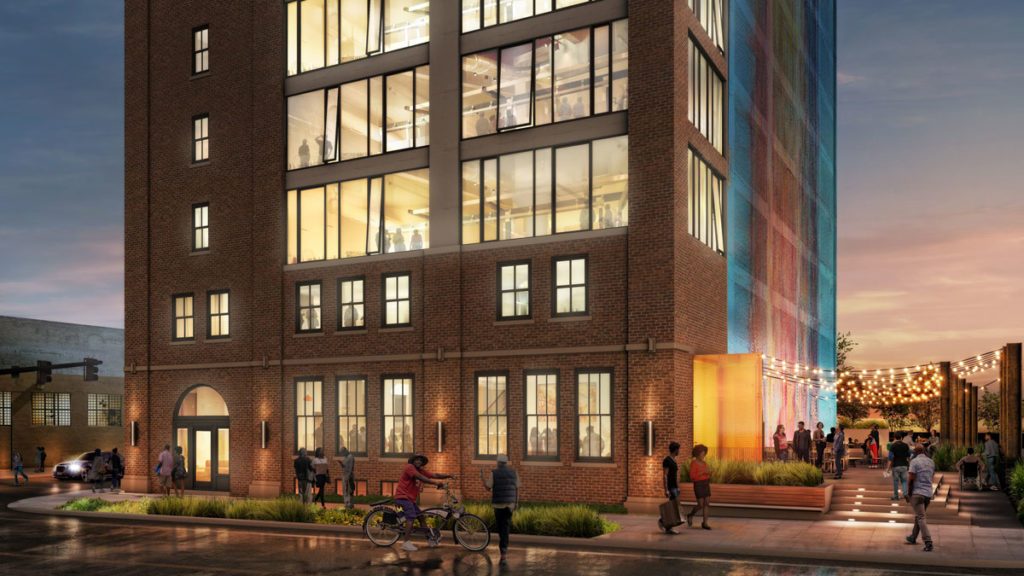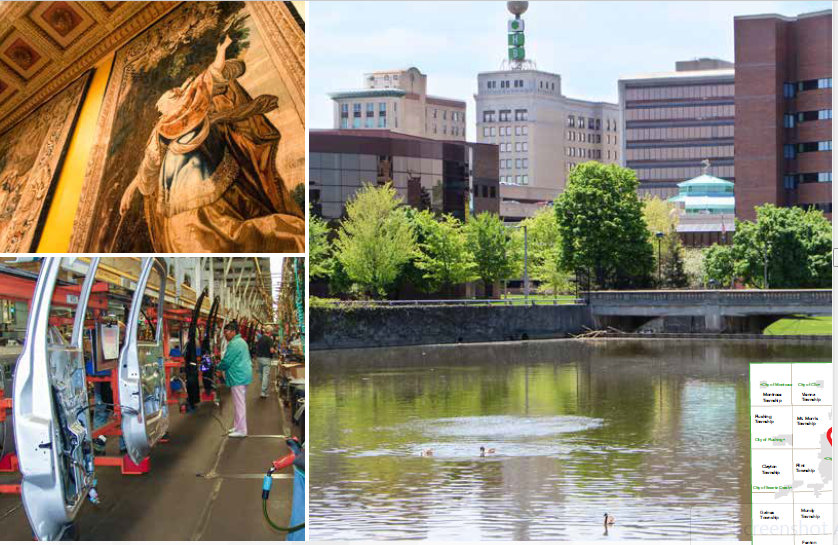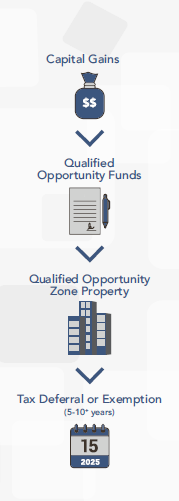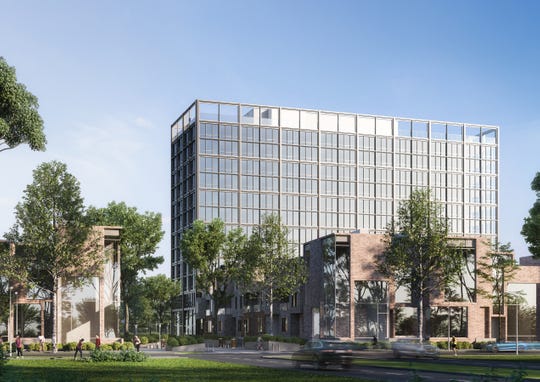It is an age-old question. How do you get people with money to invest in places where it is most needed?
One answer is Opportunity Zones (OZs). They can help communities in Detroit and Flint grow and prosper.
Part of the 2017 Tax Cuts and Jobs Acts, the new economic development tool is designed to incentivize patient capital investments in low-income communities that have been cut off from capital and experienced a lack of business growth. The program offers capital gains tax relief for those who invest in these challenged areas. The money is focused on projects that will increase employment or residential density.
Opportunity Zones are beginning to capture the attention of developers and investors, who will often go to resources such as the Detroit Economic Growth Corp. (DEGC), the Michigan State Housing Development Authority, (MSHDA) and the Flint Chamber of Commerce to get information on what projects may need help. This can include a look at what projects are actively seeking grants from non-profits, for example.

OZs are not for the mom and pop deli that had a good year. They are intended for high-risk investors who can wait for seven years to see a potential return. It’s called patient equity.
“Patient equity comes in and supports projects that have the ability to perform well,” says Sarah Pavelko, director of development services, DEGC.
Two recent Detroit projects to receive an Opportunity Fund with the assistance of DEGC are the housing project on Lafayette West and the on Chroma Building on Grand Blvd.
Areas in Detroit that qualify and have been considered good investments include:
Targeted Neighborhood Planning Areas
- Grandmont Rosedale
- Liv-6-7
- Jeff-Chalmers
- Villages/Islandview
- Vernor Corridor
- Rosa Parks / Clairmont
Industrial Development
- I-94/Mt. Elliot
- I-96 Corridor
- Bellevue/Beltline
- Industrial Assembly areas
- Delray/GHI
- Connor Creek
- Oakman/Focus Hope
The Flint & Genesee Chamber’s economic development team recently prepared a 24-page Opportunity Zone Prospectus that highlights the county’s 16 zones and some of the shovel-ready land available within each of them. It also touches on some of the quality-of-life amenities.

The Chamber shared the prospectus at a forum that focused on the local investor community first.
“We thought it was important that people locally who understand the market and who have an interest in growing Flint and Genesee County would be the best folks to target initially with our efforts. But we certainly welcome anyone who wants to invest from outside,” says Tyler Rossmaessler, the Flint Chamber of Commerce’s director of economic development.
Specific places in Flint that the Chamber of Commerce is interested in include:
- 5 acres of vacant land at 1718 W. Pierson Road.
- 18 acres of vacant land at 903 Lieth St. and Industrial Ave.
- 20 acres on Industrial Ave.
The Chamber will also provide information on how investors can qualify for other opportunities in Flint and the surrounding area.
To find out where the Opportunity Zones are in Michigan, please click here. The list is provided to MSHDA by the IRS.

Localities qualify as Opportunity Zones if they have been nominated for that designation by the state and that nomination has been certified by the Secretary of the U.S. Treasury via his delegation of authority to the Internal Revenue Service.
There is a lot of effort to push those projects that have potential upfront, so the community can get help from as many sources as possible.
“People are not looking to invest in something that will not lose them money,” says DEGC’s Pavelko.
Those who think this investment is for them need to know how it works.
Interested businesses or individuals get a tax form from the IRS and then set up a Qualified Opportunity Fund. This fund is made up of capital earned and then given to a project in one of the zones for an extended period of time.
Investors can receive substantial capital gain tax incentives immediately and over the long-term in exchange for investing in Qualified Opportunity Zones.
The funds can be used to create new businesses, new commercial or residential real estate or infrastructure. They can also be used to invest in existing businesses if it doubles the investment basis over 30 months.
According to MSHDA, to qualify for nomination as an Opportunity Zone, a census tract must meet the following low-income requirements:
- A poverty rate of at least 20 percent
- A median family income of no more than 80 percent of the statewide median family income for census tracts within non-metropolitan areas.
There is no cap on the amount of capital that can be invested into Qualified Opportunity Zones.
In many ways these projects are a benefit for both investors and the community. However, the program is not without certain flaws.
Pavelko believes the timeline for investors could use some tweaking. To realize the full benefit, an investment would have to be made by the end of this year. This means the full tax deferment will not go beyond 2026, if that deadline is not met.
There will still be a deferment, just not as much.

She is, however, confident that there will still be more investing in 2020.
For all the potential help, OZs are not a magic wand that will have the neighborhoods instantly begin to catch up with downtown Detroit’s recovery.
“The OZ incentive is not an upfront gap funding tool,” says Pavelko. “Neighborhood deals in Detroit typically have significant gaps in the capital stacks thus requiring extensive grant funding and subsidized debt which the OZ tax deferral doesn’t offer. While it can help strengthen a deal, it doesn’t close the significant gaps seen in neighborhood deals. We will continue to rely heavily on other incentives to make neighborhood deals happen.”
Like Pavelko, the Flint Chamber’s Rossmaessler sees a lot of potential but says things can be improved.”
One problem that occurs is the need for residency in the Opportunity Zones. This discrepancy can cause areas that have the same economic issues, and could use the same investor TLC, are not eligible as their neighbors.
“They’re not the traditional census tracts that developers are usually thinking about,” Rossmaessler says. “We want to provide an opportunity for them to think and dream about what is possible with these parcels. Flint (and likely other cities) has neighborhoods that need help but don’t qualify, but are surrounded by ones that are.”
One example is the Old Buick building,, which could be a boon to the economy if it could get investors. It meets all the other qualifications, except residents.
OZ is a relatively new program, and one that requires patience, courage, investigation, and planning. That said, it is called an opportunity zone for a reason.
There is opportunity for those looking to invest and those who need capital to make their community better may have new allies they never expected.
For more information from MSHDA on Opportunity Zones please click here. For information form the IRS please click here.


